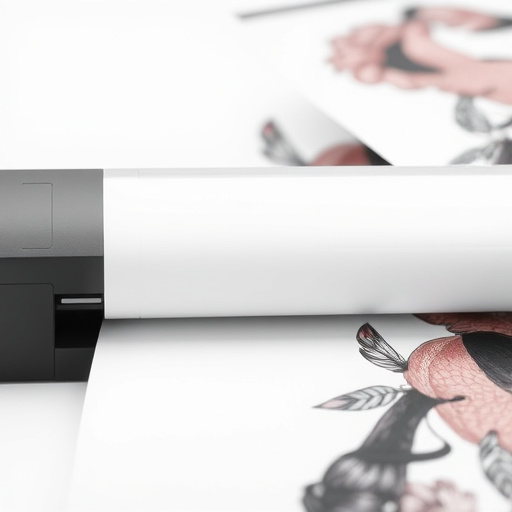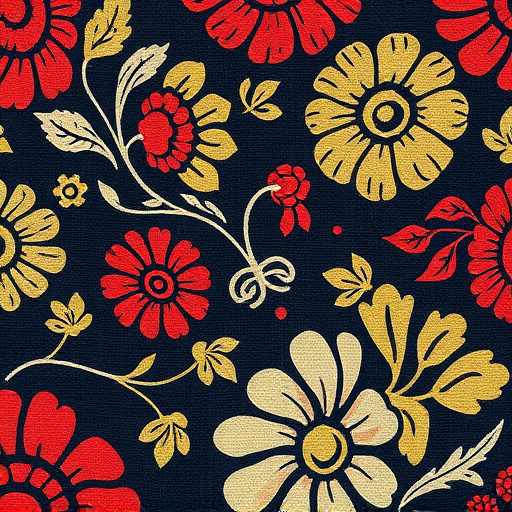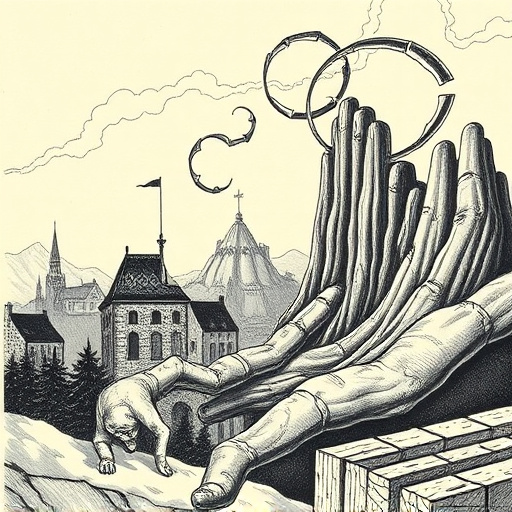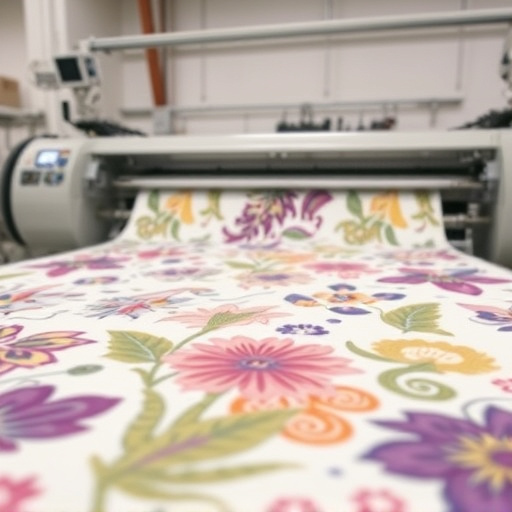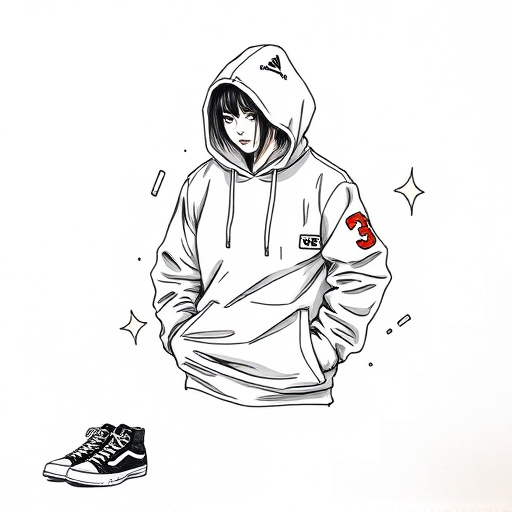The retail industry is undergoing a significant metamorphosis due to Digital Transformation (DTF) future trends. Consumers now demand an integrated omnichannel experience, driving a shift from traditional stores to personalized online interactions. DTF printing technologies, like direct-to-film and direct-to-garment solutions for hoodies and t-shirts, enable on-demand customization and instant gratification. Retailers must embrace agility, customization, and seamless integration in store design, inventory management, and staff training to capitalize on these trends and stay competitive in a dynamic market.
The retail industry is on the cusp of a digital revolution, and understanding the evolving landscape is crucial for staying competitive. This article explores how DTF (Direct-To-Final) Future Trends are reshaping retail’s digital evolution, with a focus on print models and in-store experiences. We delve into the impact of changing customer behavior post-pandemic, providing insights into the new normal. By examining these trends, retailers can adapt and innovate to meet evolving demands effectively.
- DTF Future Trends: Shaping Retail's Digital Evolution
- Print Models in Retail: Adapting to Changing Customer Behavior
- Innovating In-Store Experiences: The New Normal Post-Pandemic
DTF Future Trends: Shaping Retail's Digital Evolution
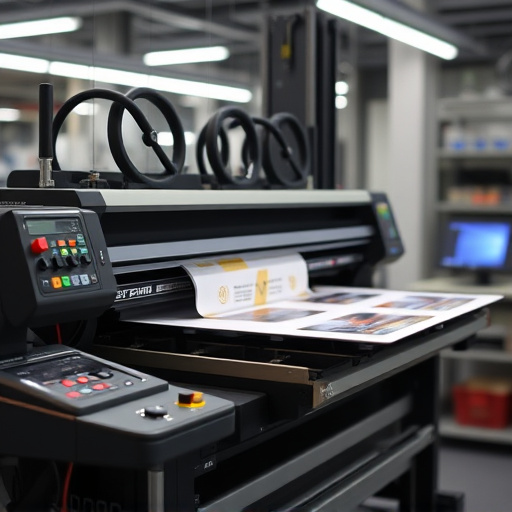
The retail landscape is on the brink of a significant transformation driven by the ever-evolving Digital Transformation (DTF) future trends. These trends are reshaping consumer behaviors, expectations, and interactions with retailers. The rise of e-commerce has already disrupted traditional brick-and-mortar stores, but DTF goes beyond online sales. It encompasses enhancing in-store experiences through technology, data analytics, and innovative print models. For instance, DTF printers enable dynamic in-store marketing by personalizing promotions and product displays based on real-time customer insights.
Understanding DTF meaning extends beyond the technical; it involves embracing a mindset focused on agility, customization, and seamless omnichannel integration. Retailers who successfully navigate these future trends will be able to cater to customers’ instant gratification needs, offering them both online and offline shopping experiences that are tailored, convenient, and engaging. This shift demands strategic adaptations in store design, inventory management, and staff training to capitalize on the potential of DTF transfer in a competitive market.
Print Models in Retail: Adapting to Changing Customer Behavior
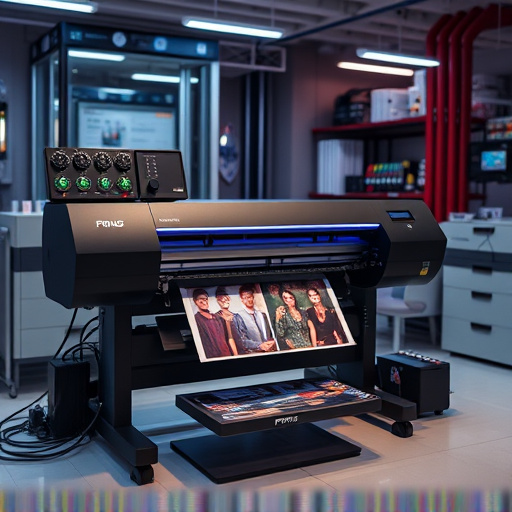
In today’s dynamic retail landscape, driven by DTF (Direct to Final) future trends, traditional print models are undergoing a significant transformation. Customers now expect instant gratification and personalized experiences, leading retailers to adapt their strategies accordingly. This shift is particularly evident in the popularity of dtf printing for hoodies, allowing stores to offer direct-to-film solutions that cater to individual tastes and styles.
Retailers must embrace these DTF future trends to stay competitive. While it may involve significant changes in operational processes and inventory management, the benefits are clear. By implementing cutting-edge print models, such as dtf printers, businesses can deliver unique, on-demand products, enhance customer satisfaction, and foster a deeper connection with their target market. This evolution ensures that retail stores remain relevant and appealing in an increasingly digital and personalized world.
Innovating In-Store Experiences: The New Normal Post-Pandemic
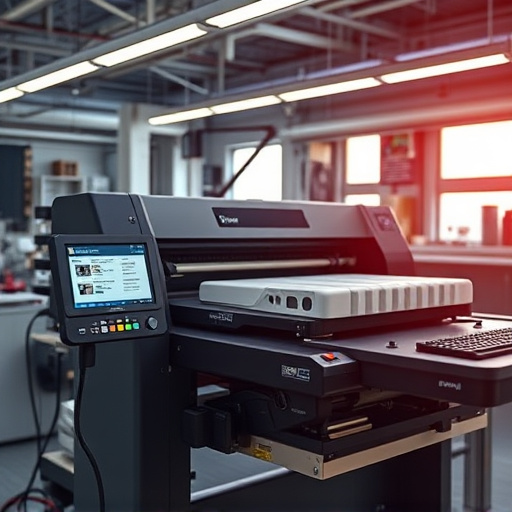
The retail landscape has undergone a significant transformation post-pandemic, with consumers now expecting more interactive and engaging in-store experiences. According to DTF future trends, stores are evolving from mere product displays to dynamic hubs that foster connection and customization. This shift is particularly evident in the popularity of direct-to-garment (DTF) printing technologies, such as dtf printing for t-shirts and hoodies, allowing customers to personalize items on-site within minutes.
Retailers are leveraging these innovations to create unique shopping environments that cater to the desire for instant gratification. Custom t-shirt printing, for instance, has become a top draw, enabling shoppers to walk away with one-of-a-kind garments tailored to their personal style. This focus on enhancing in-store experiences mirrors DTF future trends, ensuring that retail stores remain vibrant and competitive in an increasingly digital world.
The intersection of DTF Future Trends and retail store print models is reshaping the way businesses engage with customers. By understanding evolving customer behavior post-pandemic, retailers can innovate in-store experiences that blend digital technologies seamlessly with physical spaces. Adapting to these trends allows for enhanced customer interactions, improved brand perception, and ultimately, increased loyalty. As we move forward, embracing these changes will be key to staying competitive in the dynamic retail landscape.



